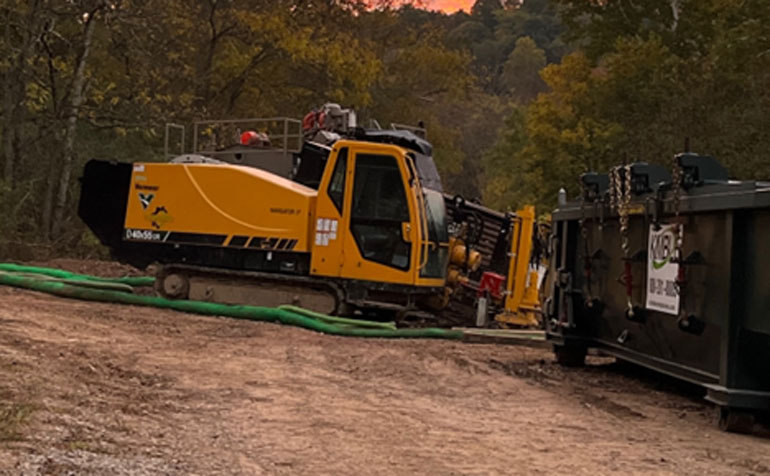Directional Drilling vs. Jack and Bore - Making an Informed Choice
Picture yourself at the helm of a construction project, and you're tasked with installing underground utilities. Two popular methods present themselves as viable options - Directional Drilling and Jack and Bore. How do you determine which one to employ? The answer depends on a variety of factors - your project specifics, budget, and timelines. Let's take a deep dive into these techniques, to help you make an informed choice.
Understanding the Techniques - Before weighing the pros and cons, it's crucial to understand what each technique entails. Directional drilling is a method in which a pilot hole is drilled from a surface point, which can then be guided and steered in any direction. Once the pilot hole has reached its destination, it's enlarged and the pipe is pulled back through. On the other hand, Jack and Bore is a trenchless method that involves the use of a boring machine to create a tunnel, through which a pipe is then installed.
Flexibility and Precision - Directional drilling takes the cake when it comes to flexibility. It can be steered around obstacles, both expected and unexpected, and allows for a variety of bore paths, including curves. This method can precisely reach the desired location without causing surface disruption. Conversely, Jack and Bore is a more rigid process, limited to straight paths. However, it is ideal for short, straight, and specific installations where precision is paramount.
Project Size and Scope - The size and scope of your project play a big role in determining the best method. Directional drilling is best suited for long-distance installations or projects that involve navigating around numerous obstacles. It's also ideal for larger pipes and multiple duct installations. Jack and Bore, being a simpler and less flexible process, is more appropriate for shorter distances and smaller diameter pipes.
Project Timeline and Budget - Generally speaking, directional drilling is a faster process, which can mean reduced labor costs and project timelines. Jack and Bore, while potentially slower, often requires less sophisticated machinery, which could translate to lower equipment costs.
Environmental Impact - If minimizing environmental impact is a priority, directional drilling might be your best bet. It leaves a smaller footprint and causes less disruption to the surface and existing infrastructure. Jack and Bore, while also a trenchless method, often requires more excavation at the entry and exit points.
In conclusion, both Directional Drilling and Jack and Bore have their merits. Your choice ultimately depends on your specific project requirements, budget, timeline, and environmental considerations. Whichever method you opt for, the key to a successful installation lies in partnering with an experienced and competent contractor.
